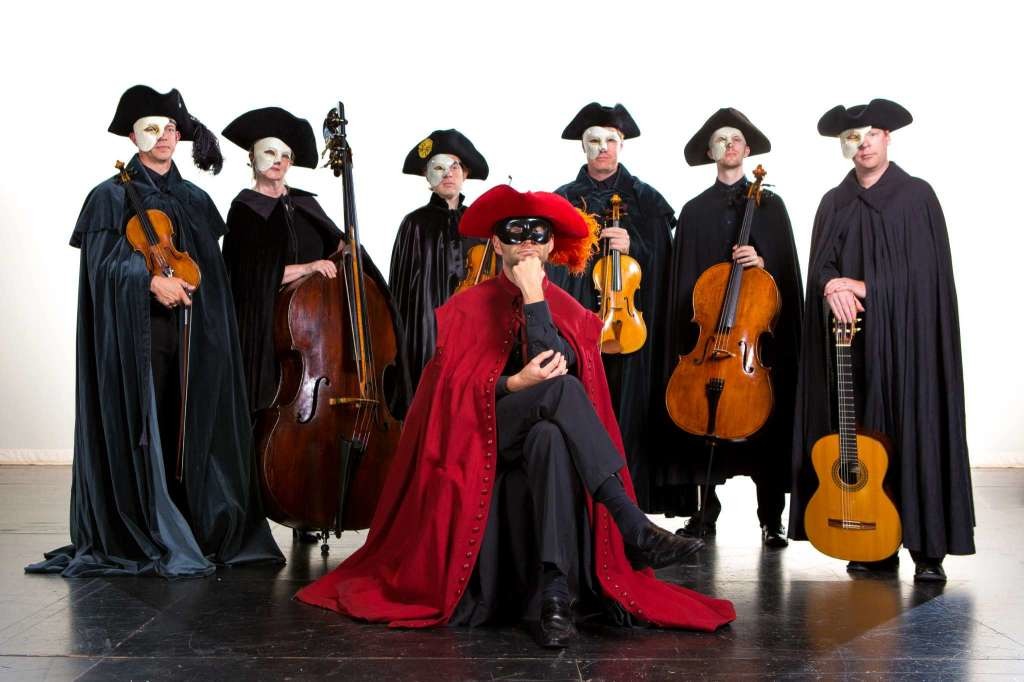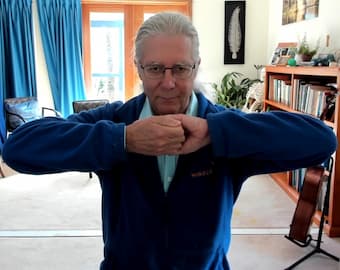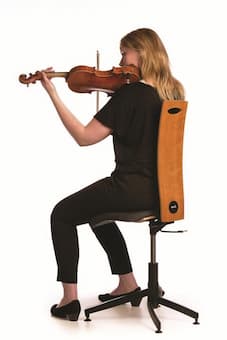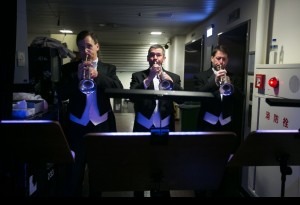
Backstage trumpets
In the past, doors leading to the stage had to be opened. Musicians played a risky game of peek-a-boo to see the maestro and not be seen by the audience. With today’s technological advances it is much easier. A small television camera is embedded on the back wall of the stage or from one of the side balconies so that the offstage players can observe the maestro’s beat. Still, the distance has to be factored in, as even a slight delay in the sound will cause the ensemble to fall apart. Moreover if the offstage player relies on his or her ear, because of the distance, the notes often sound flat and might cause the player to lower their pitch.

Buccina
Beethoven : Leonore Overture No. 2, Op. 72a offstage trumpet at 11:10 and second time at 11:30
Other composers have written for one offstage instrument. Berlioz begins the third movement of Symphonie Fantastique with a lyrical melody in the English horn. In the distance, evocative replies are heard from the oboe. Prokofiev uses an offstage cornet in his Lieutenant Kijé Suite and in the Carnival of the Animals by Saint-Saëns, orchestras sometimes place the “cuckooing” clarinet in the balcony out of sight. During children’s concerts we crane our necks. Where is that mischievous instrument?
Julian Rachlin & friend featuring Ernst Ottensamer on clarinet.
Cuckoo : music written by Camille Saint-Saëns
Brass musicians love Ottorino Respighi’s glorious Pines of Rome with its massive forces. Typically the conductor chooses to put the numerous offstage players all over the hall. The musicians sometimes have to sprint up the staircases to the balconies, or race backstage or even dash to the lobby. Tough to play when you are out of breath. Maestros love to turn around to conduct these players and face the audience!
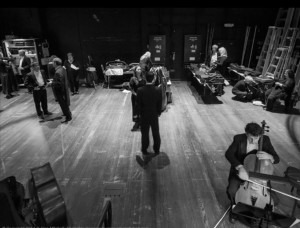
Backstage clutter
Pines of Rome– Off stage players can be seen in balconies and back of hall– beautiful offstage solo trumpet is at 4:40, and offstage brass at 17:30
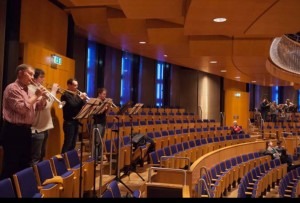
Respighi rehearsal
Once one of our horn players had a babysitter cancel at the last minute. She hurried to the performance of Mahler Symphony No. 2 and sat her son in the press box, in the first balcony right above the stage. It happens to be where the small camera is installed, focused on the conductor onstage. Much to the horn player’s consternation, she noticed her son playing with the camera. She nearly dropped her horn! Fortunately, an observant stagehand noticed and jogged up to the balcony to adjust the camera—just in time for the entrance of the offstage brass.
Maher: Symphony No. 2 in C minor, “Resurrection”: Mov. 5, “Im Tempo des Scherzo. Wild herausfahrend”
Conducted by Leonard Bernstein
One of my favorites to play was Richard Strauss’ Alpine Symphony. His largest orchestral work, Strauss specifies 125 players including wind and thunder machines. If he had his way he would have doubled the harp and woodwind parts. Strauss writes for 12 horns, 2 trumpets and 2 trombones offstage. Where to put them? Well let me say that one can hardly move backstage with all the chairs, stands, and other paraphernalia. But the effect is extraordinary.
These special antiphonal effects enhance the musical experience. For opera orchestras “onstage” has an entirely different meaning. Stay tuned for part 2.
Richard Strauss: Alpine Symphony Conducted by Bernard Haitink

